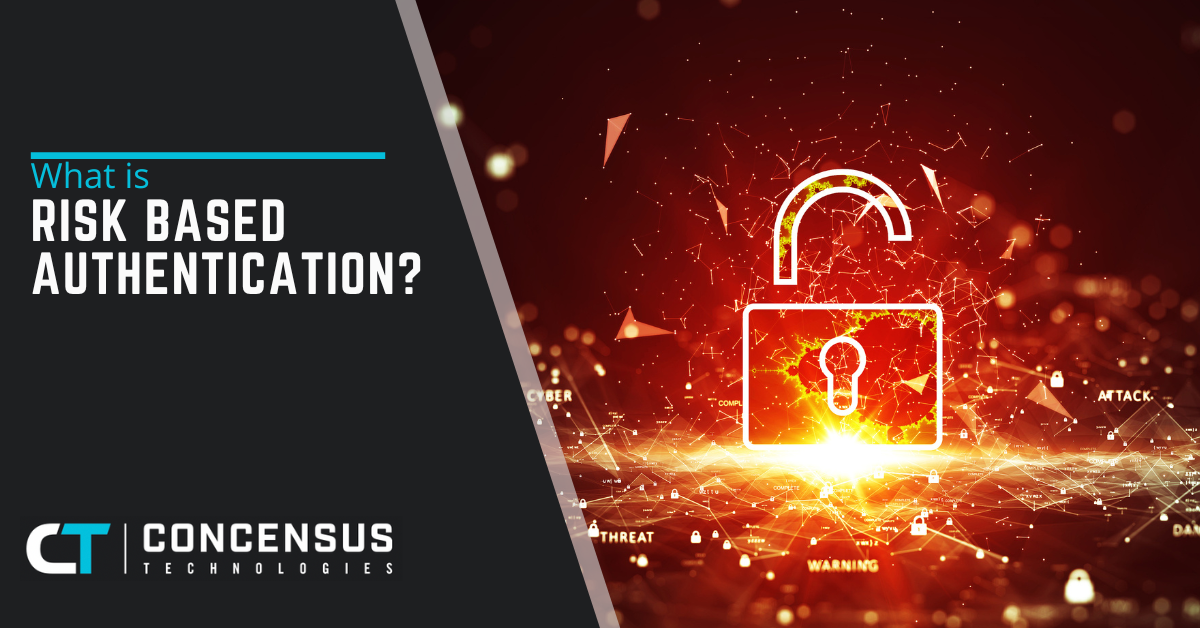
What is Risk Based Authentication?
| February 16, 2024In today’s digital age, the importance of cybersecurity cannot be overstated. With an ever-increasing number of online transactions and interactions, safeguarding sensitive information has become paramount. One of the key strategies in the battle against cyber threats is Risk-Based Authentication (RBA).
This innovative approach to authentication is designed to enhance security while providing a seamless user experience. In this comprehensive guide, we will delve deep into the world of Risk-Based Authentication, exploring its definition, benefits, implementation, and its relevance in the contemporary landscape of cybersecurity.
Understanding Authentication
Before we dive into Risk-Based Authentication, let’s start with the basics. Authentication is the process of verifying the identity of a user, device, or system. It ensures that the individual or entity trying to access a system or data is indeed who they claim to be.
Traditional methods of authentication typically involve usernames and passwords. However, with the increasing sophistication of cyber threats, these methods are no longer foolproof.
The Limitations of Traditional Authentication
Traditional authentication methods rely on something the user knows (passwords) or something the user has (tokens, smart cards). While these methods have served us well, they have their limitations. Passwords can be stolen or guessed, and physical tokens can be lost or stolen. Furthermore, these methods don’t account for the context in which the authentication is occurring.
Password Vulnerabilities
Password breaches have become alarmingly common. Large-scale data breaches have exposed billions of usernames and passwords, leaving countless accounts vulnerable. Users often reuse passwords across multiple accounts, making it easier for attackers to gain unauthorized access.
The Inflexibility of Traditional Authentication
Traditional authentication methods tend to be binary – you’re either authenticated or not. They don’t adapt to changing circumstances or assess the risk associated with an authentication attempt. This lack of adaptability can lead to friction for users and security risks for organizations.
Introducing Risk-Based Authentication
Risk-Based Authentication, as the name suggests, is an authentication method that takes into account the level of risk associated with a login attempt. Instead of relying solely on a static password or token, RBA considers various factors to determine the authenticity of the user. These factors may include:
- User behavior: RBA analyzes the user’s typical behavior, such as the devices they use, their location, and their login patterns.
- Device information: It examines the device used for authentication, checking for any anomalies or signs of compromise.
- Geolocation: RBA can pinpoint the user’s location and compare it to their usual locations to identify potential fraud.
- Time of access: The time of day or night can also be a factor, as unusual login times may raise suspicion.
The Benefits of Risk-Based Authentication
Implementing Risk-Based Authentication offers a wide range of benefits for both users and organizations.
Enhanced Security
RBA provides a higher level of security by dynamically adapting to the situation. If a user attempts to log in from a new device or location, RBA can prompt for additional authentication steps, such as multi-factor authentication (MFA). This ensures that even if an attacker obtains the user’s password, they would still need access to additional factors, making unauthorized access significantly more challenging.
Improved User Experience
One of the significant advantages of RBA is its ability to provide a smoother user experience. Users are not constantly bombarded with additional authentication steps unless the system detects a potentially risky situation. This strikes a balance between security and usability, reducing friction for legitimate users.
Cost Savings
By reducing the risk of fraudulent access, RBA can lead to substantial cost savings. Organizations can avoid the financial fallout associated with data breaches, including legal fees, reputation damage, and regulatory fines.
Implementing Risk-Based Authentication
Implementing Risk-Based Authentication requires careful planning and consideration. Here are the key steps to implementing RBA effectively:
- Assessment: Begin by assessing your organization’s specific needs and risk factors. Identify the sensitive data or systems that require enhanced protection.
- Data Collection: Collect the necessary data for risk analysis. This includes user behavior data, device information, and geolocation data.
- Risk Scoring: Develop a risk scoring mechanism that evaluates authentication attempts based on the collected data. Determine what risk levels warrant additional authentication steps.
- Authentication Policies: Define authentication policies that specify how the system should respond to different risk levels. For example, you may require MFA for high-risk login attempts.
- Continuous Monitoring: Implement continuous monitoring to adapt to changing circumstances. Regularly update your risk scoring and authentication policies based on evolving threats.
- User Education: Educate your users about the benefits of RBA and how it may affect their login experience. Encourage them to report any suspicious activity promptly.
The Relevance of Risk-Based Authentication Today
As the digital landscape continues to evolve, the need for robust authentication methods like Risk-Based Authentication becomes increasingly critical. Cyberattacks are becoming more sophisticated, and the traditional username/password model is no longer sufficient to protect against modern threats. RBA provides a dynamic and adaptable approach that can stay one step ahead of cybercriminals.
In an era where remote work is prevalent, and sensitive data is often accessed from various locations and devices, RBA ensures that access remains secure without causing unnecessary inconvenience to legitimate users. It’s a win-win solution for organizations and their users.
Implement RBA Today
Risk-Based Authentication is a game-changer in the world of cybersecurity. It offers enhanced security, improved user experience, and cost savings for organizations. By considering various factors and adapting to the level of risk, RBA provides a dynamic and effective authentication method.
At Concensus Technologies, we understand the importance of cutting-edge cybersecurity solutions. We are dedicated to helping organizations implement Risk-Based Authentication and other advanced security measures to safeguard their digital assets. If you’re interested in enhancing your cybersecurity posture, contact us today. We’re here to provide you with the expertise and support you need to protect your organization in the digital age.

